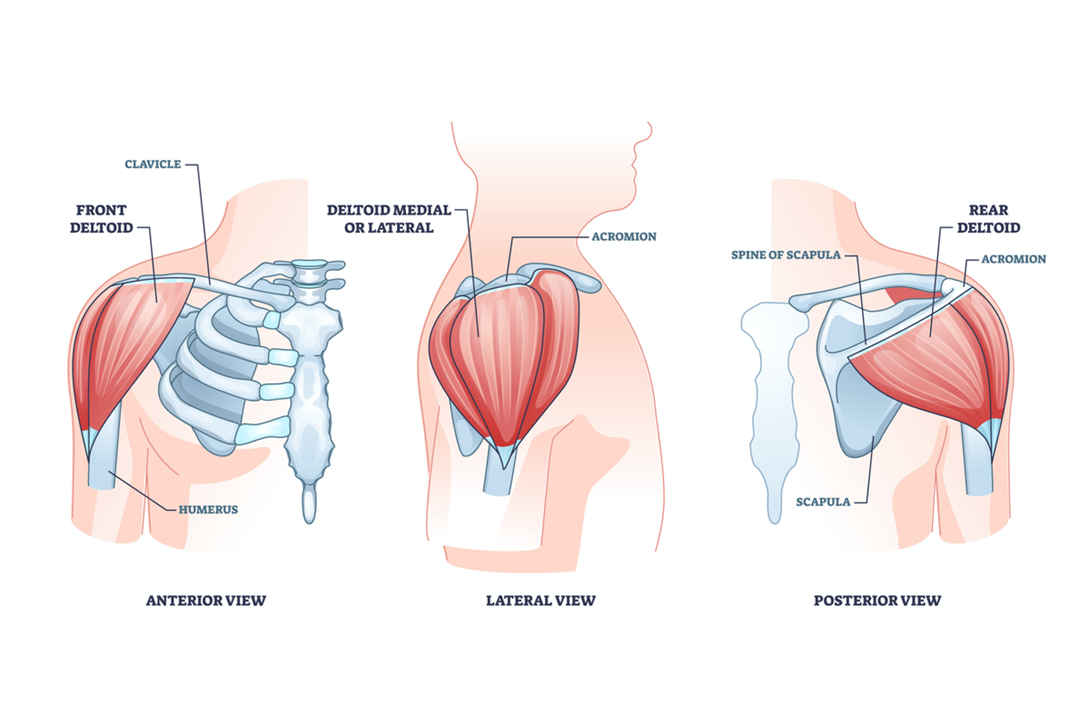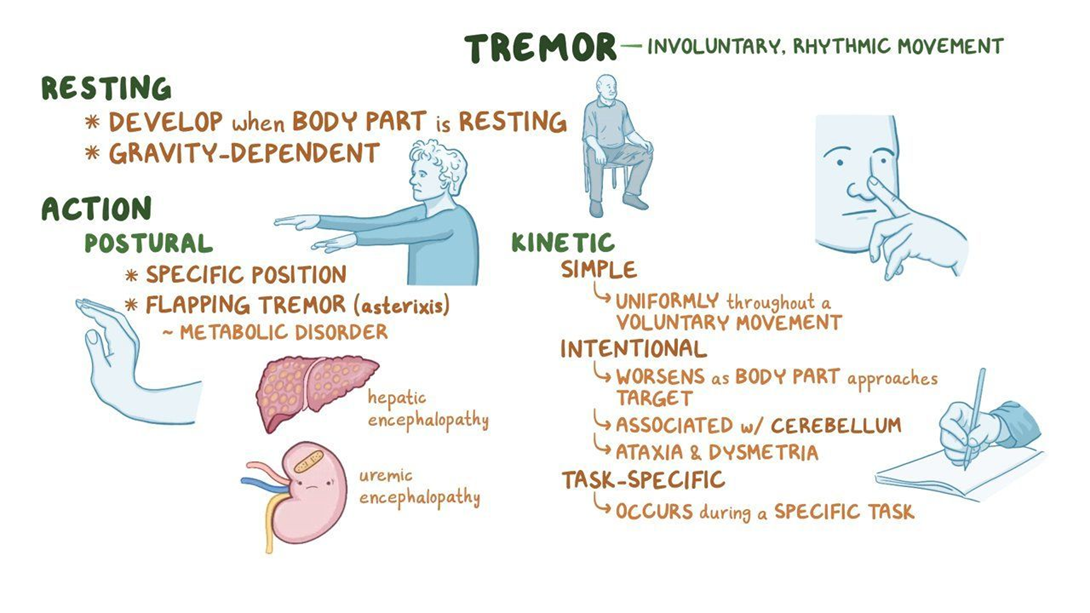The nurse calculates that a patient must receive 1.3 mL of an anti-infective agent. The dose is ordered IM. Which of the following choices demonstrates safe, evidence-based practice?
23g 1 in (2.54 cm) needle to the right deltoid. Use the acromion process as a landmark.
25g 0.5 in (1.3 cm) long needle to the left rectus femoris. Aspirate prior to injection.
27g 1.5 in (3.8 cm) long needle to the left vastus lateralis area. Massage area wearing clean gloves after injection.
21g 1.5 in (3.8 cm) needle to the right ventrogluteal area. Use Z-track technique.
The Correct Answer is D
Choice D Reason: 21g 1.5 in (3.8 cm) needle to the right ventrogluteal area. Use Z-track technique.
Choice A Reason:
Using a 23-gauge, 1-inch needle for an intramuscular (IM) injection in the deltoid muscle is generally appropriate for adults. The deltoid muscle is a common site for IM injections, especially for small volumes of medication (up to 2 mL). The acromion process is a correct landmark for locating the deltoid muscle. However, the deltoid muscle is not the best site for larger volumes or more viscous medications. Additionally, the needle length might not be sufficient for individuals with more subcutaneous fat, potentially leading to suboptimal medication delivery.
Choice B Reason:
A 25-gauge, 0.5-inch needle is typically used for subcutaneous injections rather than intramuscular injections. The rectus femoris muscle can be used for IM injections, but it is not the preferred site due to the potential for increased pain and discomfort. Aspiration before injection is a debated practice; current guidelines suggest that aspiration is not necessary for most IM injections, except when injecting into the dorsogluteal site, which is not recommended due to the risk of hitting the sciatic nerve.
Choice C Reason:
A 27-gauge, 1.5-inch needle is appropriate for IM injections, and the vastus lateralis is a suitable site, especially for infants and young children. However, massaging the injection site after administering an IM injection is not recommended. Massaging can cause the medication to disperse into the subcutaneous tissue, reducing its effectiveness and potentially causing irritation or bruising.
Choice D Reason:
Using a 21-gauge, 1.5-inch needle for an IM injection in the ventrogluteal area is considered safe and effective. The ventrogluteal site is preferred for IM injections because it is free from major nerves and blood vessels, reducing the risk of injury. The Z-track technique is used to prevent medication from leaking into the subcutaneous tissue, ensuring that it remains in the muscle for proper absorption. This technique is particularly useful for medications that can stain or irritate the skin and subcutaneous tissue.

Nursing Test Bank
Naxlex Comprehensive Predictor Exams
Related Questions
Correct Answer is D
Explanation
Choice A Reason:
Pseudo-Parkinsonian side effects, also known as drug-induced parkinsonism, can occur with the use of antipsychotic medications like haloperidol. These side effects include symptoms such as rigidity, bradykinesia, tremor, and postural instability. However, the description of the client’s neck arched sharply backward is more indicative of an acute dystonic reaction rather than pseudo-Parkinsonian side effects. Pseudo-Parkinsonian symptoms typically develop more gradually and do not present with such dramatic posturing.
Choice B Reason:
While some side effects of haloperidol can be temporary and may disappear after several days, the acute dystonic reaction described in the scenario requires immediate intervention. Acute dystonic reactions are characterized by sudden, severe muscle contractions that can be painful and potentially dangerous if they involve the airway. Therefore, it is crucial to address this reaction promptly rather than waiting for it to resolve on its own.
Choice C Reason:
Increasing the dosage of haloperidol in response to the described symptoms would likely exacerbate the situation. The client’s symptoms are not indicative of worsening psychotic behavior but rather an adverse reaction to the medication. Increasing the dosage could lead to more severe side effects and complications. The appropriate response is to treat the acute dystonic reaction and reassess the medication regimen.
Choice D Reason:
An acute dystonic reaction is a known side effect of antipsychotic medications like haloperidol. It involves sudden, severe muscle contractions, often affecting the neck, face, and back. This reaction can be distressing and requires immediate treatment with anticholinergic medications such as benztropine or diphenhydramine. Prompt intervention can relieve the symptoms and prevent further complications.

Correct Answer is ["A","C","D"]
Explanation
Choice A Reason:
Use a calm voice.
Using a calm voice is essential in de-escalating an agitated client. A calm and steady tone can help soothe the client and reduce their anxiety. It also demonstrates that the nurse is in control of the situation and is there to help, which can be reassuring for the client.
Choice B Reason:
Speak louder than the client so as to be heard.
Speaking louder than the client is not appropriate as it can escalate the situation further. Raising one’s voice can be perceived as confrontational and may increase the client’s agitation. It is important to maintain a calm and composed demeanor to help de-escalate the situation.
Choice C Reason:
Reduce stimuli for the client.
Reducing stimuli is an effective intervention for an agitated client. Excessive noise, bright lights, and other environmental stimuli can exacerbate agitation. Creating a quieter and more controlled environment can help the client feel more at ease and reduce their agitation.
Choice D Reason:
Attempt to redirect the client.
Attempting to redirect the client can be helpful in de-escalating agitation. Redirecting the client’s attention to a different topic or activity can help distract them from the source of their agitation and provide a sense of control. This technique can be effective in calming the client and preventing further escalation.
Choice E Reason:
Reprimand the client for upsetting everyone.
Reprimanding the client is not an appropriate intervention. It can increase the client’s feelings of frustration and agitation. Instead, the focus should be on understanding the client’s needs and providing support to help them calm down.
Whether you are a student looking to ace your exams or a practicing nurse seeking to enhance your expertise , our nursing education contents will empower you with the confidence and competence to make a difference in the lives of patients and become a respected leader in the healthcare field.
Visit Naxlex, invest in your future and unlock endless possibilities with our unparalleled nursing education contents today
Report Wrong Answer on the Current Question
Do you disagree with the answer? If yes, what is your expected answer? Explain.
Kindly be descriptive with the issue you are facing.
